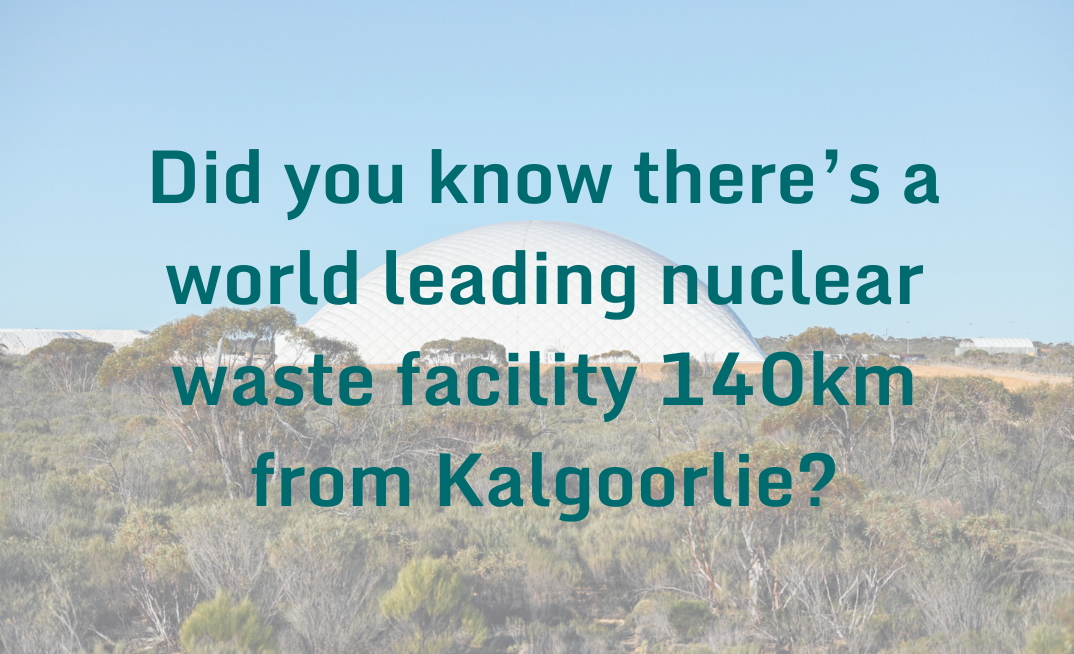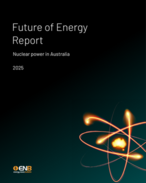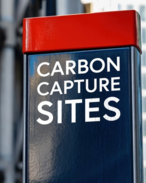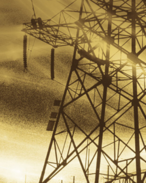The operators of Australia's first and only facility capable of disposing of low-level nuclear waste have been given the go-ahead to more than double the capacity of their operations.
Tellus Holdings runs Sandy Ridge, located approximately 140 km northwest of Kalgoorlie in the Goldfields Region of Western Australia. The WA environment minister has approved the company's expansion plans for the WA facility which Tellus describe as "one of the safest places on the planet for the disposal of low-level radioactive waste."
YOU MIGHT ALSO LIKE
In June last year, Tellus lodged their plans with the WA Environmental Protection Agency (EPA) to "increase the tonnage of waste accepted at the Sandy Ridge Facility from the current approved 100,000 tonnes per annum (tpa) to up to 280,000tpa for permanent isolation in the Site's waste disposal cells."
Just before Christmas, the WA environment minister Reece Whitby approved the plans.

The approval was published a few days before Tellus' CEO and MD spoke to the Senate Enquiry into Nuclear Energy when the committee visited Perth.
CEO Nate Smith, who was in fact the last person to speak at the series of public hearings, said his company was not for or against nuclear energy but was keen to ensure the committee knew nuclear waste could be safely disposed of in Australia.

"I heard an Australian Radioactive Waste or Australian Radioactive Waste Agency representative at these hearings in October mentioned that they, in government, are canvassing international experience for radioactive waste disposal to inform the government's approach on disposal.
"I want to clarify for the record that we already have deep and leading international experience in radioactive waste disposal right here in Australia with Tellus, and we don't need to go offshore," he said.
"A lot of people don't realise that Australia creates more hazardous waste per person than any country in the world.
"And there are hundreds of thousands of tonnes of low-level radioactive waste all over this country from critical minerals and rare earth processing, uranium mining, defence, offshore oil and gas decommissioning, nuclear medicine - even smoke detectors and water filtration and treatment.
"Before Tellus opened, there was never a solution to permanently dispose of low-level radioactive waste, despite being the demand and guidelines of not only the IAEA but also past governments.
"So right now, it's stored in hospitals, basements on site at Lucas Heights and other places all around Australia, which is really quite unfortunate," he added.























